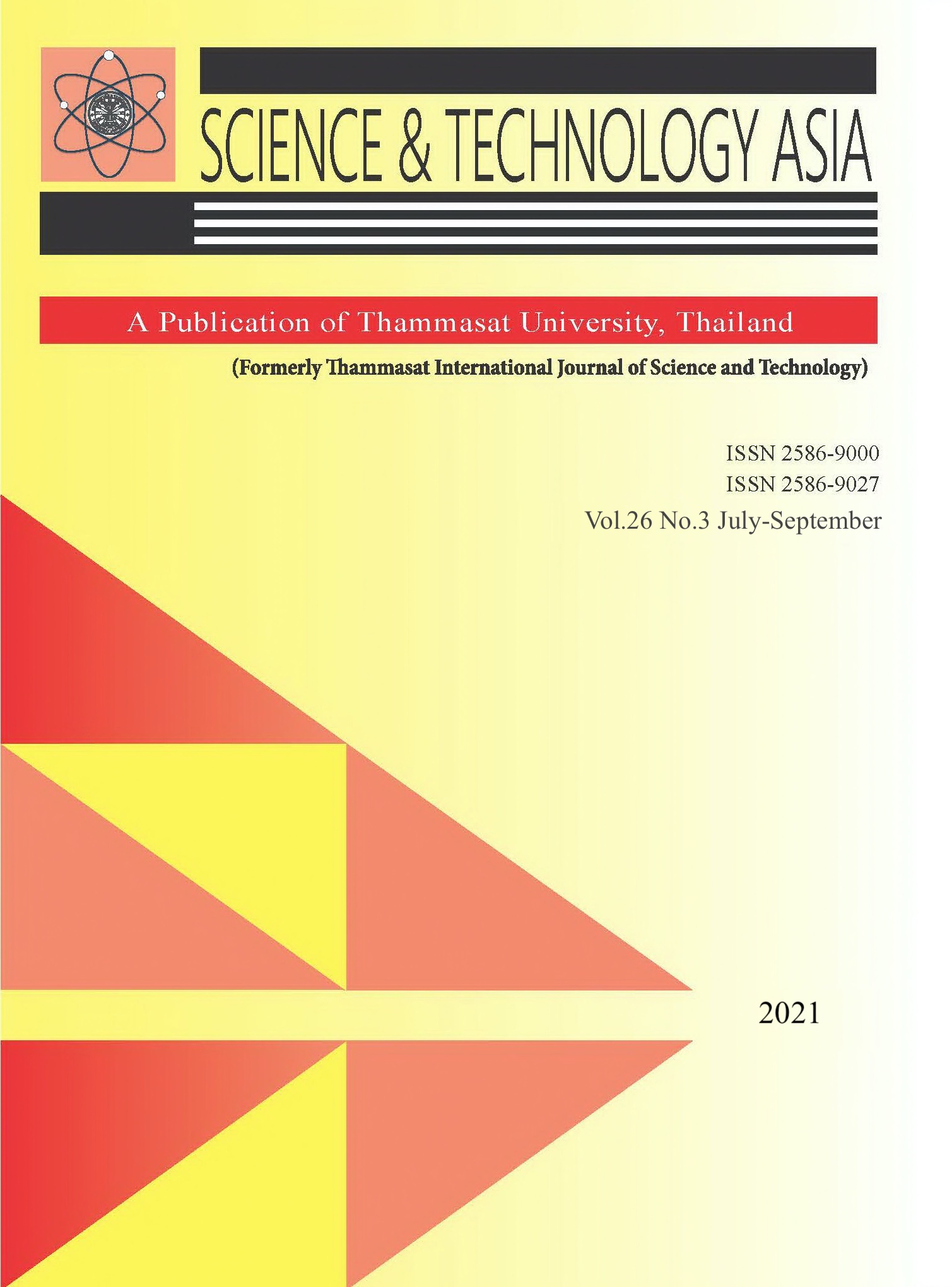Leaf Age-related Acclimation in the Photosynthetic Capacity and Fractional Investments of Leaf Nitrogen in Grapevines of Different Ages
Main Article Content
Abstract
Leaf aging induces various photosynthetic responses through changes in the growth and development of vines. This study aimed to estimate the responses of leaf photosynthetic capacity and leaf nitrogen content (N) investments throughout the growing season. The altered ambient light intensity and CO2 concentrations were demonstrated to affect the leaf photosynthetic capacity in grapevines at three different years of age based on non- rectangular hyperbola and A/Ci model approaches. The leaf growth stages were significantly higher for all leaf photosynthetic parameters than for the vine age factor, as estimated from the two main model approaches. In addition, the acclimation of the light-saturated photosynthetic rate (Pmax), maximum carbon assimilation rate (Amax) , apparent maximum rate of carboxylation due to Rubisco activity (Vc,max) and apparent maximum rate of electron transport in RuBP regeneration (Jmax) showed slight differences among vine ages, which gradually increased starting at 4 weeks and suddenly declined during the senescence stage, at 20 weeks after leaf unfolding. Similarly, the leaf N investments in terms of the photosynthetic nitrogen use efficiency (PNUE), Rubisco (Pr), bioenergetics (Pb) and thylakoid light harvesting (Pl) were slightly higher in the 18-yearold vines than the other vines. There was a stronger relationship between N investments and Vc,max than Jmax when the data for all leaf growth stages and vine ages were pooled. These findings suggest that this variation may lead to differences in the potential to predict photosynthetic carbon gains among leaves and vines of different ages.


